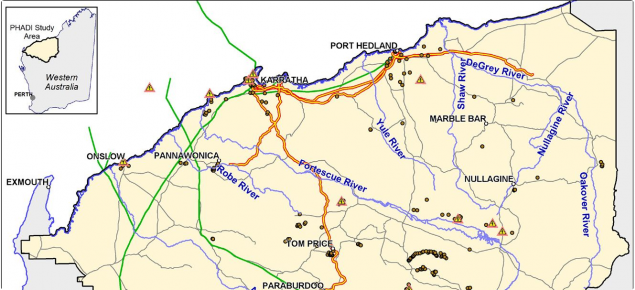Key Findings
Several technologies for converting biomass to energy are now mature and the number of commercial-scale facilities is increasing in Australia and overseas. The study referenced was conducted in 2016. It is important to note technological advances and changes in State Government policies and postions such as the Distributed Energy Resources Roadmap may lend themselves to improve the bioenergy opportunity in the Pilbara, and that the system is evolving to be more responsive to demand pressures.
To achieve sustainability, bioenergy projects in the Pilbara will need to be:
- technically viable at the medium to large scale
- suitable for the climate and remote location
- use locally available feedstocks.
The study found that using agricultural biomass to produce energy products, such as syngas, biogas or ethanol, was not feasible in the Pilbara in the short term.
Key factors which contributed to this conclusion are:
- The remoteness of the Pilbara adds complexity and risk to any project.
- The viability of most bioenergy projects is underpinned by the ability to use waste heat, which may account for more than 80% of the energy created.
More information
Download the report Bioenergy and carbon farming opportunities in the Pilbara - Bulletin 4884.

